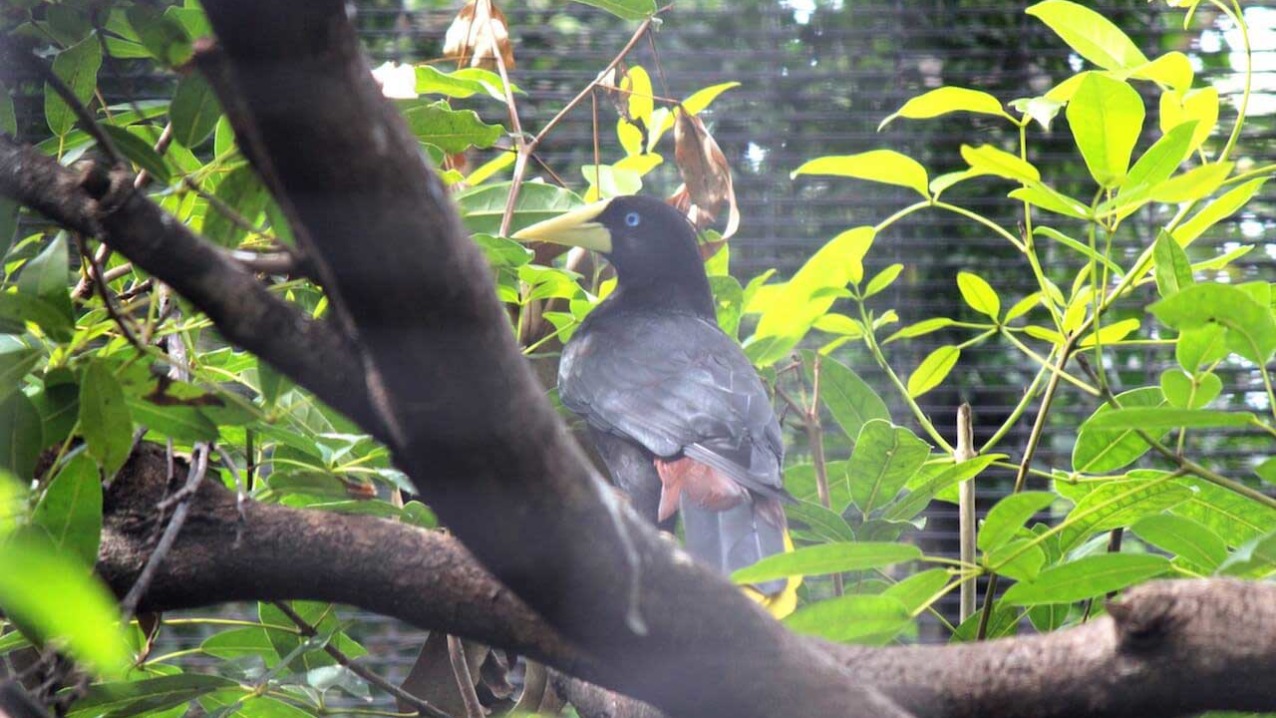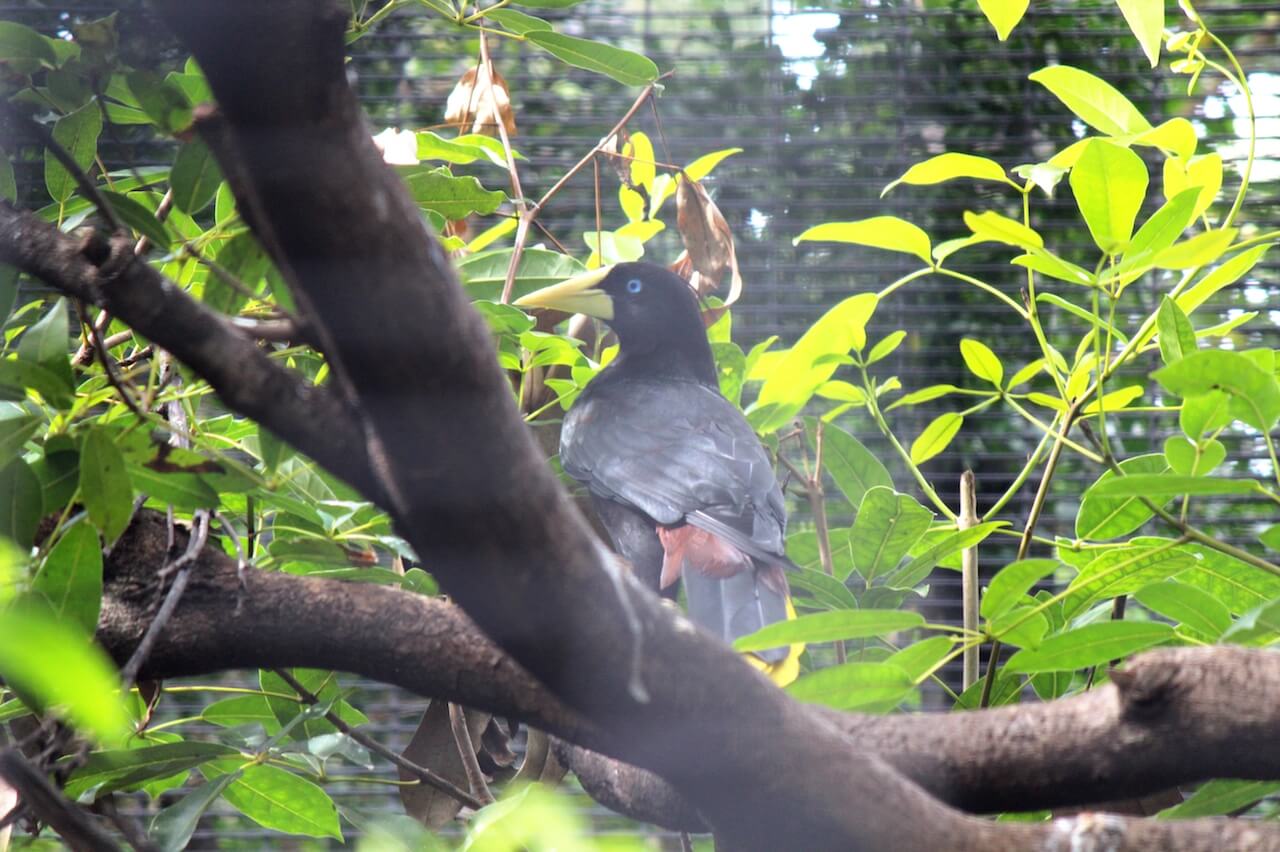psarocolius decumanus
Crested Oropendola
About Me
Scientific Name: Psarocolius decumanus
Description
The Crested Oropendola is a medium sized blackbird that has a citron yellow beak and electric yellow tail feathers. It ranges in length from thirteen to seventeen inches long. The males are clearly larger than the females.
Fun Facts
- Female Oropendolas weave spherical nests out of grass and palm fibers. These nests measure from three to six feet in length.
- Each colony has a dominant male, which mates with most of the females following an elaborate bowing display.
- ingdom: Animalia
- Phylum: Chordata
- Class: Aves
- Order: Passeriformes
The Crested Oropendola is a medium sized blackbird that has a citron yellow beak and electric yellow tail feathers. It ranges in length from thirteen to seventeen inches long. The males are clearly larger than the females.
Crested Oropendolas can be found in South America. Specifically, in the Amazon River Basin region or other tropical areas. They occur in temperate forests, jungles, grasslands, savannas, and marshes.
Crested Oropendolas are gregarious birds that flock together in the winter and roost communally in enormous numbers. In the breeding season, they nest in colonies to protect themselves from predators. It is common to see both sexes of the Crested Oropendola sing or call, to attract members of the opposite sex for breeding.
Crested Oropendolas feed on insects, seeds, grain, fruits, and nectar. The Crested Oropendola’s breeding season is during the months of November through April. They breed in large colonies of 100 or more to scare off predators. Males show off the color of their feathers and sing to attract as many females as they can.
Female Oropendolas weave spherical nests out of grass and palm fibers. These nests measure from three to six feet in length. The nests can be found in the branches of high isolated trees. Male Oropendolas help to protect these nests during the growth of their offspring.
Crested Oropendolas are not endangered. However, they do not have an enormous population because their tropical habitat is being reduced every year by human development.
A Complete Checklist of the Birds of the World, Howard and Moore.
Guide to the Birds of South America, Schauensee.
Other Birds
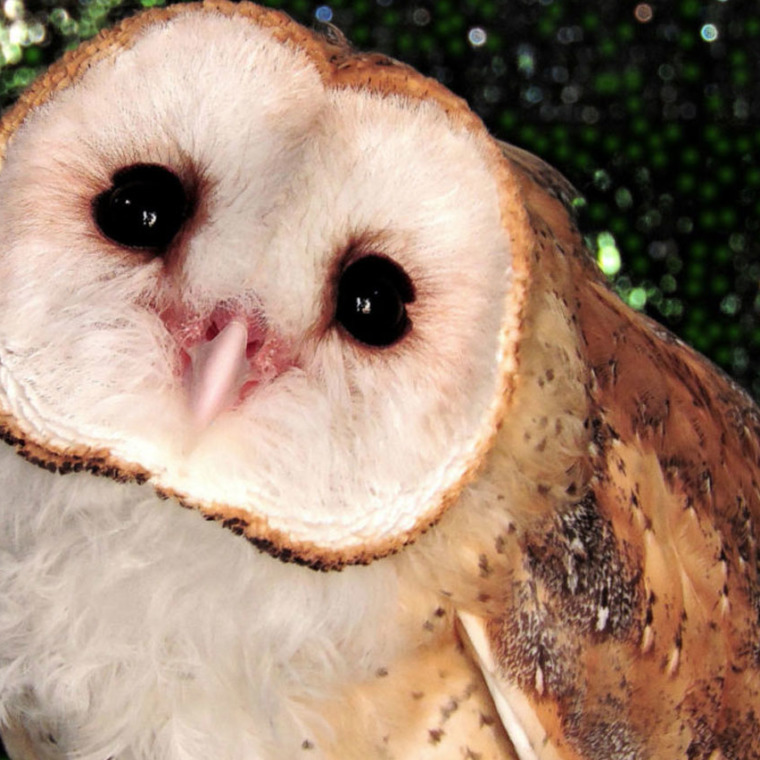
Barn Owls are found throughout the globe, in Europe, Africa, Asia, Austrailia, and the Americas
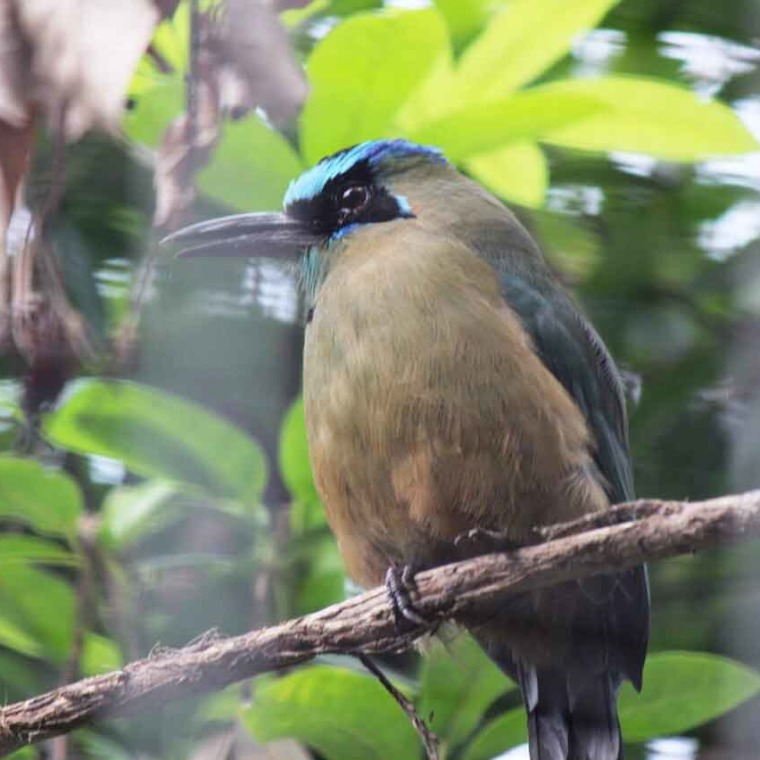
This animal can grow over a foot in length! Motmots possess a serrated beak and red eyes, with a black mask that encircles their heads.
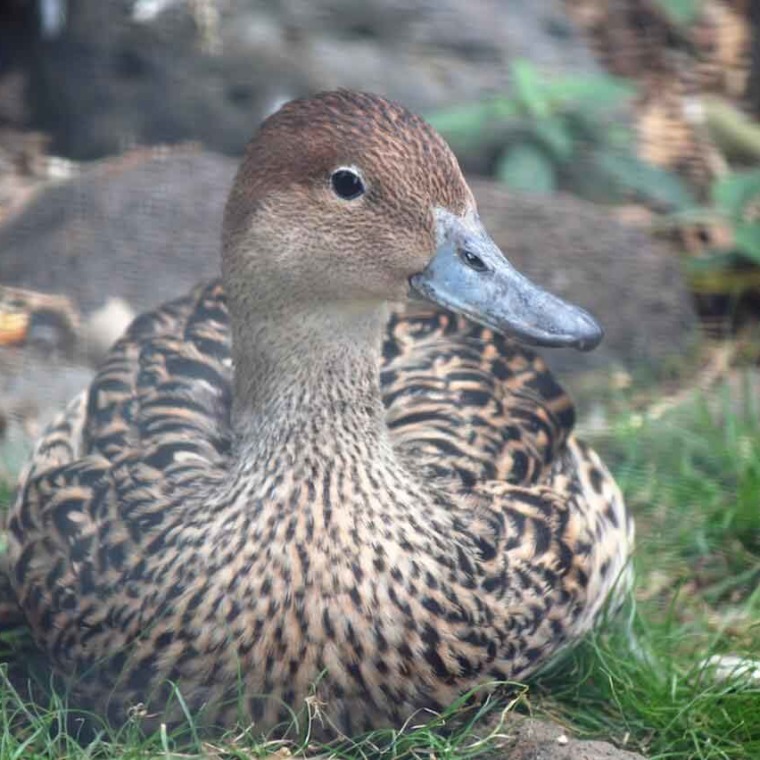
Koloa maoli are very secretive and difficult to observe except in protected areas such as Hanalei National Wildlife Refuge on Kauai.
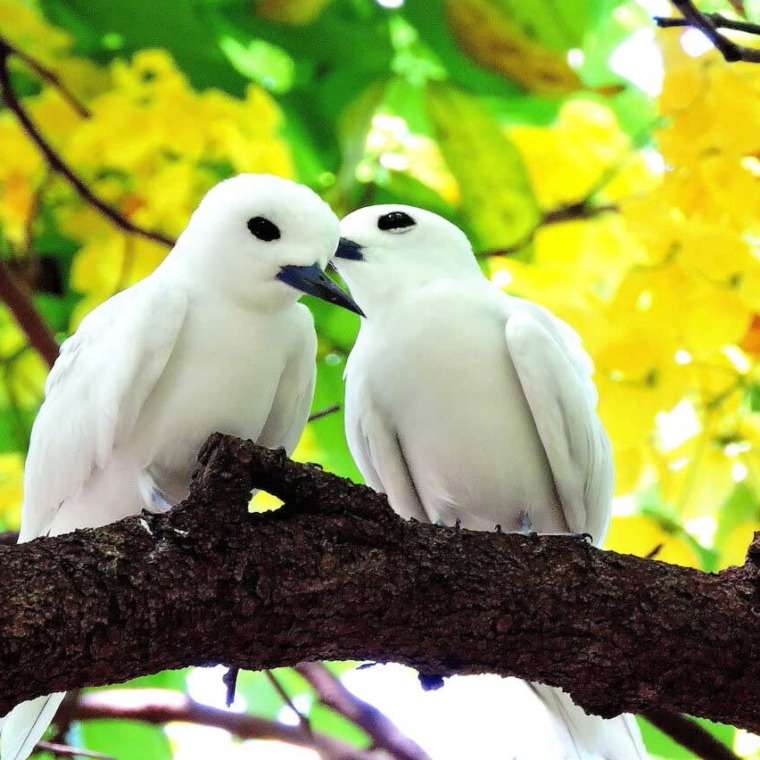
This bird is found primarily on islands, and has a wide ranger across the equatorial band of every ocean on Earth, save for the Arctic Ocean, which does not cross the equator.
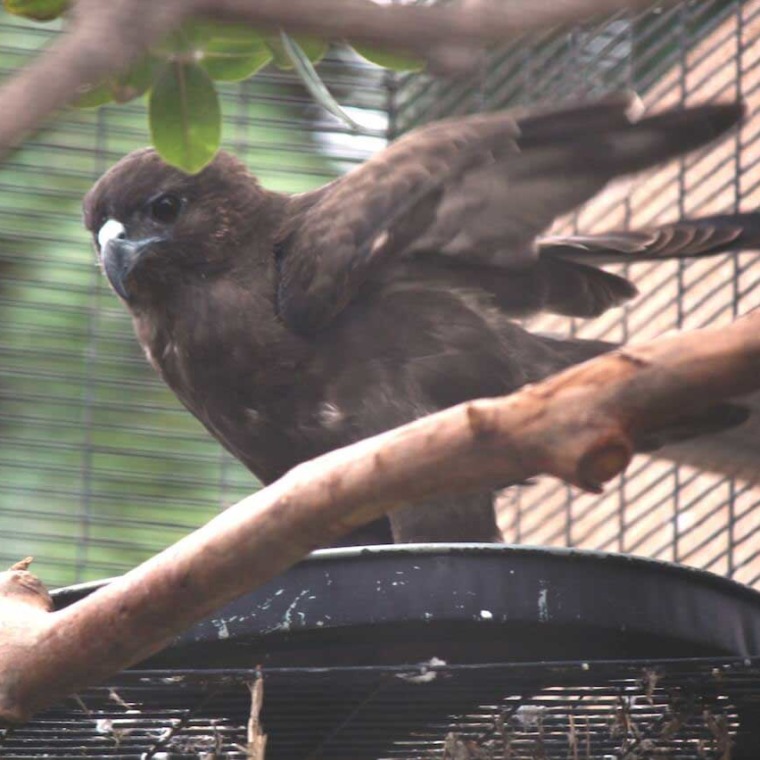
’Io prefer to hunt from tall perches that they use to survey their prey; however, they are known to dive at targets from mid-flight if the opportunity presents itself. are territorial and come together only to breed.


